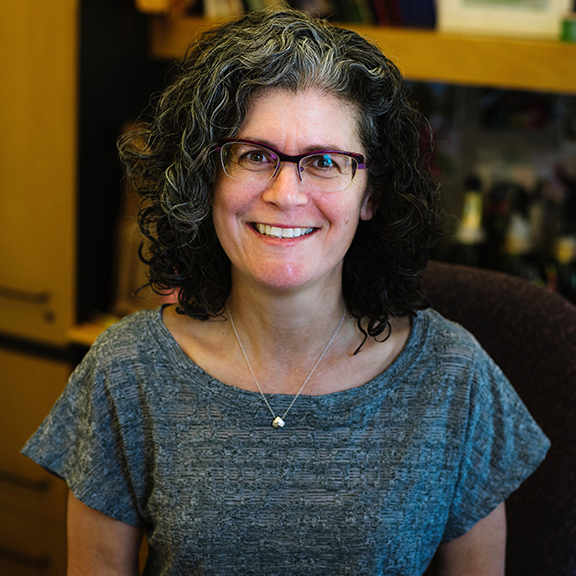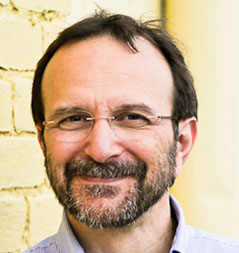TWiM explains unique modifications in the energy conservation pathways linked to methanogenesis in an Archaeon, and mechanisms of white nose fungal invasion of cells from the Little Brown Bat.
TWiM describes experiments to explore gut microbiota signatures of vulnerability to food addiction in mice and humans, and how a phage tail-like protein suppresses competitors in populations of bacteria of plants.
TWiM explores evolution and host adaptation of Pseudomonas infections of plants, and the impact of COVID-19 on ESBL-producing E. coli on urinary tract and blood infections.
TWiM explores the deep-dwelling microbes that sculpt our planet, and the use of microbes in bioelectronics to manage inflammation.
From ASM Microbe in Atlanta, Georgia, Arturo joins TWiM to reveal the threats that fungi pose to human health, including the notorious Candida auris and many more.
TWiM explains a new mechanism for preventing lysogeny through temperate phage-antibiotic synergy, and Salmonella expansion in the murine gut dependency on aspartate derived from reactive oxygen species-mediated microbiota lysis.
TWiM explores the plasticity of the adult human small intestinal stoma microbiota, and survival and rapid resuscitation that permit limited productivity in desert microbial communities.
TWiM explores the plasticity of the adult human small intestinal stoma microbiota, and survival and rapid resuscitation that permit limited productivity in desert microbial communities.
On this episode of TWiM, a charcuterie invasion, and how that acid in your stomach may protect from the invading hordes of microbes.
Mark O Martin is TWiM-adjacent for this discussion of a Fusobacterium nucleatum clade that dominates colorectal cancer, and surface colonization by Flavobacterium johnsoniae promotes its survival in a model microbial community.




